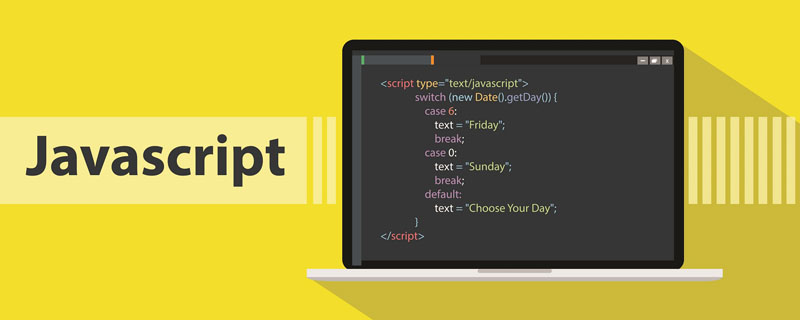Rumah >hujung hadapan web >tutorial js >JavaScript中10个实用小技巧(分享)
JavaScript中10个实用小技巧(分享)
- 青灯夜游ke hadapan
- 2021-01-04 17:55:262576semak imbas

相关推荐:《javascript视频教程》
我一直在寻找提高效率的新方法。
而JavaScript 总是充满令人出乎意料的惊喜。
1、将arguments对象转换为数组
arguments 对象是函数内部可访问的类似数组的对象,其中包含传递给该函数的参数的值。
但这与其他数组不同,我们可以访问值并获取长度,但是不能对其使用其他数组方法。
幸运的是,我们可以把它转换成一个常规数组:
var argArray = Array.prototype.slice.call(arguments);
2、对数组中的所有值求和
我最初的直觉是使用循环,但是那样做太费事了。
var numbers = [3, 5, 7, 2]; var sum = numbers.reduce((x, y) => x + y); console.log(sum); // returns 17
3、条件短路
我们有以下代码:
if (hungry) {
goToFridge();
}通过将变量与函数一起使用,我们可以使其更短:
hungry && goToFridge()
4、对条件使用逻辑或 ||
我过去常常在函数的开头声明自己的变量,以避免在出现任何意外错误时出现 undefined 的情况。
function doSomething(arg1){
arg1 = arg1 || 32; // if it's not already set, arg1 will have 32 as a default value
}5、逗号运算符
逗号运算符( ,)可以评估其每个操作数(从左到右)并返回最后一个操作数的值。
let x = 1; x = (x++, x); console.log(x); // expected output: 2 x = (2, 3); console.log(x); // expected output: 3
6、使用length调整数组大小
我们可以使用length属性来调整数组大小或清空数组
var array = [11, 12, 13, 14, 15]; console.log(array.length); // 5 array.length = 3; console.log(array.length); // 3 console.log(array); // [11,12,13] array.length = 0; console.log(array.length); // 0 console.log(array); // []
7、使用数组解构交换值
解构赋值语法是一种 JavaScript 表达式,可以将数组中的值或对象中的属性解压缩为不同的变量。
let a = 1, b = 2 [a, b] = [b, a] console.log(a) // -> 2 console.log(b) // -> 1
8、随机排列数组中的元素
每天我都在随机排列
随机排列,随机排列
var list = [1, 2, 3, 4, 5, 6, 7, 8, 9];
console.log(list.sort(function() {
return Math.random() - 0.5
}));
// [4, 8, 2, 9, 1, 3, 6, 5, 7]9、属性名称可以是动态的
你可以在声明对象之前分配动态属性。
const dynamic = 'color';
var item = {
brand: 'Ford',
[dynamic]: 'Blue'
}
console.log(item);
// { brand: "Ford", color: "Blue" }10、过滤唯一值
对于所有ES6爱好者,我们可以通过使用带有扩展运算符(spread)的Set对象来创建一个仅包含唯一值的新数组。
const my_array = [1, 2, 2, 3, 3, 4, 5, 5] const unique_array = [...new Set(my_array)]; console.log(unique_array); // [1, 2, 3, 4, 5]
结束思想
负责远比高效重要。
你的网站需要在所有浏览器中都可以使用。
你可以使用Endtest或其他类似工具来确保可以。
你呢?你有任何JavaScript技巧或窍门要分享吗?
英文原文地址:https://dev.to/zandershirley/10-practical-javascript-tricks-2b7h
作者:Zander Shirley
更多编程相关知识,请访问:编程入门!!
Atas ialah kandungan terperinci JavaScript中10个实用小技巧(分享). Untuk maklumat lanjut, sila ikut artikel berkaitan lain di laman web China PHP!

